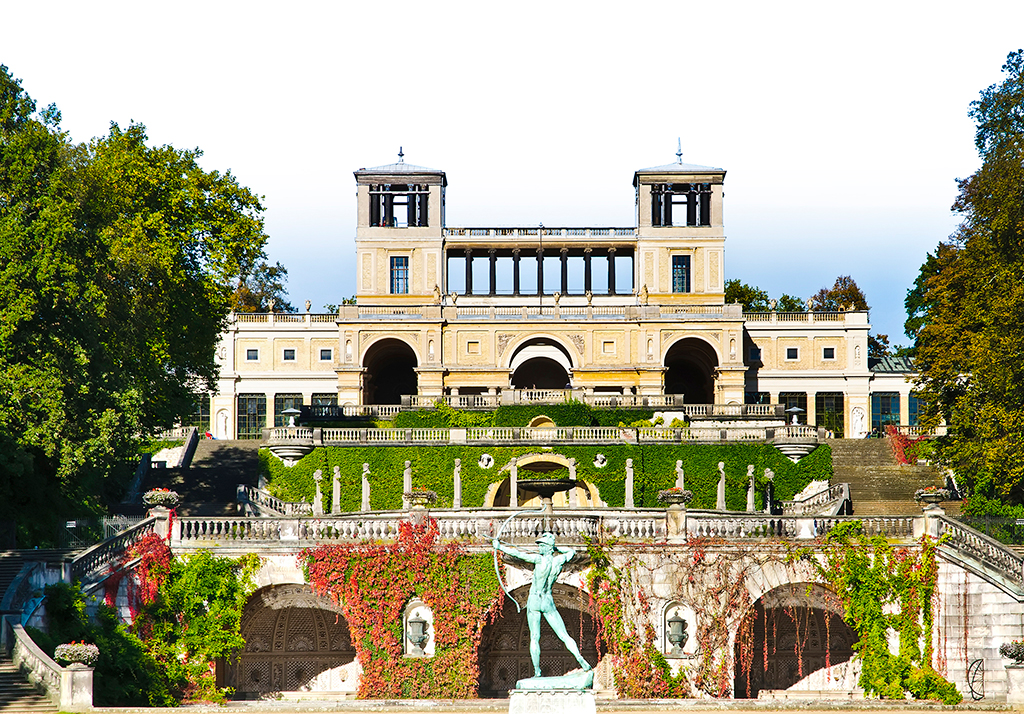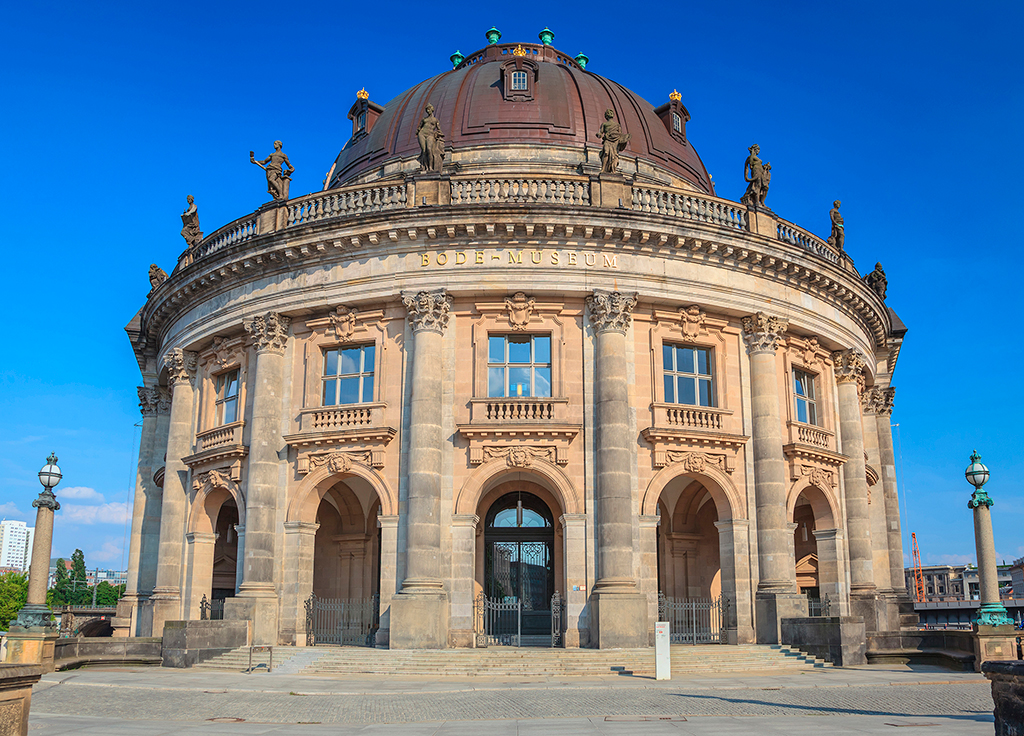BERLIN FOR FREE
1.Reichstag
Berlin’s biggest freebie happens to be a must-see attraction. There’s no topping the fabulous 360º view of the city skyline that you get from Lord Foster’s beautiful modern dome. Guided tours take in the plenary hall and graffiti left by Russian soldiers in 1945. You have to register in advance and will need your passport to enter (for further details see Reichstag).

View from the Reichstag dome
2.Tempelhofer Park
 Tempelhofer Damm 1 • 030 901 661 500 • Open 24 hours • www.tempelhoferfreiheit.de
Tempelhofer Damm 1 • 030 901 661 500 • Open 24 hours • www.tempelhoferfreiheit.de A powerful symbol of the new Berlin, the grounds of this historic airport (for further details see Tempelhofer Park) have been turned into a green space for the people. You will find lolling couples, urban gardeners, cyclists, in-line skaters, go-karters, and people barbequeing, doing T’ai Chi, flying kites and playing baseball.
3.Open Door Days
 May–Sep • www.visitberlin.de
May–Sep • www.visitberlin.deBeautiful private gardens, interiors of historic monuments, and the hallowed halls of government ministries are opened to the public for a few days every year. Chancellor Angela Merkel shakes hands with visitors to her office.
4.Free Concerts
 Herbert-von-Karajan-Str. 1 • 030 25 48 89 99 • Sep–Jun • www.berliner-philharmoniker.de
Herbert-von-Karajan-Str. 1 • 030 25 48 89 99 • Sep–Jun • www.berliner-philharmoniker.de Churches, universities and even renowned classical orchestras give free concerts. The Berliner Philharmoniker’s gratis lunchtime concerts, usually with small ensembles, are held every Tuesday at 1pm (for further details see Philharmonie).
5.East Side Gallery
 Mühlenstraße • 030 251 71 59 • Open 24 hours • www.eastsidegallery-berlin.de
Mühlenstraße • 030 251 71 59 • Open 24 hours • www.eastsidegallery-berlin.de The biggest remaining stretch of Berlin Wall is now an artistic statement on Germany’s division from 1961 to 1989. Famous murals include a Trabant busting through the masonry, Heads with Big Lips by Thierry Noir, and Brezhnev and Honecker kissing (for further details see East Side Gallery).
6.Gedenkstätte Berliner Mauer
 Bernauer Str. 111 • 030 46 79 86 66 • Centre 9:30am–7pm Tue–Sun • www.berliner-mauer-gedenkstaette.de
Bernauer Str. 111 • 030 46 79 86 66 • Centre 9:30am–7pm Tue–Sun • www.berliner-mauer-gedenkstaette.de The Berlin Wall Memorial is well worth a visit for its recreated “death strip”, excellent documentary centre and dramatic stories of how East Germans escaped over (or under) the hated barrier. Listening stations and displays are spread along the former border.

Mural on the Berlin Wall
7.Free Walking Tours
 Daily, year-round • see websites for times and departure points • www.alternativeberlin.com • www.brewersberlintours.com • www.newberlintours.com
Daily, year-round • see websites for times and departure points • www.alternativeberlin.com • www.brewersberlintours.com • www.newberlintours.comJoin a guided walking tour of the city run by Alternative Berlin Tours, Brewer’s Berlin Tours and New Berlin Tours. They’re free of charge, although tips are encouraged.
8.Museums
Many museums and galleries, including the Alliiertenmuseum and Knoblauchhaus (for further details see Nikolaiviertel) have no admission charge. Some of Berlin’s most prestigious museums, such as Gemäldegalerie, the Pergamonmuseum and Alte Nationalgalerie are free to visitors under 18.
9.Holocaust-Denkmal
Designed by New York architect Peter Eisenman, the Memorial to the Murdered Jews of Europe consists of 2,711 concrete pillars, many of them off-kilter and placed on undulating ground (for further details see Holocaust-Denkmal). The underground Information Centre offers a moving introduction to the horrors of the Holocaust.
10.Schlosspark Sanssouci
Fancy a stroll through a Romantic landscape painting? Just a half-hour from Berlin by commuter train, these gardens in Potsdam are strewn with ponds and whimsical follies, including an Orangerie, Roman Baths modelled on an Italian villa and a Rococo-style Chinese house (for further details see Schlosspark Sanssouci).

The charming Schlosspark Sanssouci



